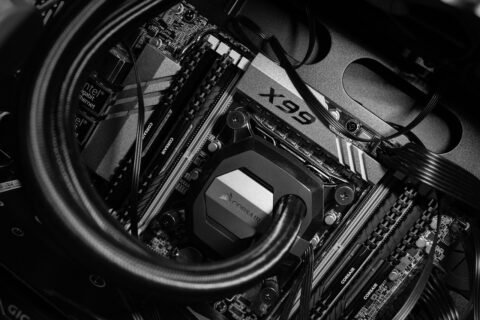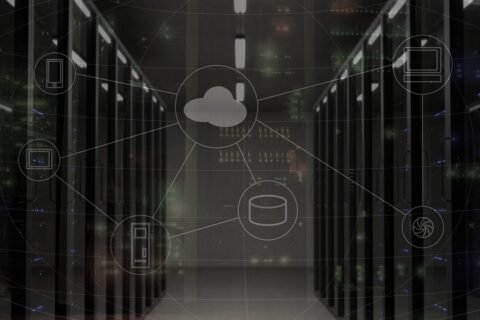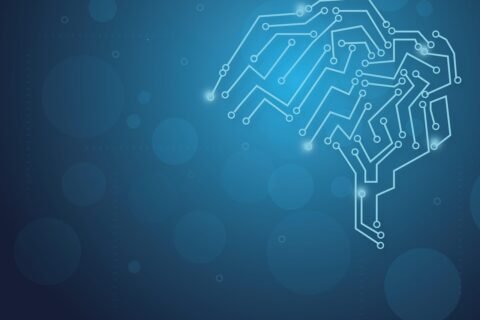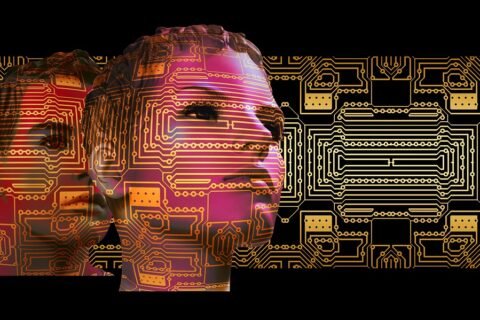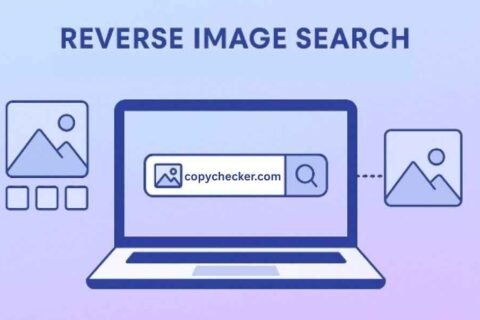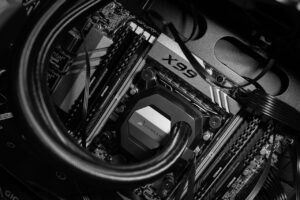Table of Contents
- Introduction to Programming Mistakes
- Common Programming Syntax Errors and How to Prevent Them
- Missing Semicolons
- Incorrect Variable Declarations
- String Concatenation Issues
- The Impact of Poor Code Documentation
- Importance of Clear Documentation
- Best Practices for Writing Effective Documentation
- Essential Programming Best Practices for Clean Code
- Meaningful Variable Names
- Code Organization Techniques
- Proper Indentation and Formatting
- Using Version Control Systems
- Memory Management and Resource Optimization
- Caching Techniques
- Buffering Data for Efficiency
- Lazy Loading for Performance
- Critical Security Vulnerabilities in Programming
- Input Validation Failures
- Authentication Weaknesses
- Data Encryption Oversights
- Debugging and Testing Oversights
- Unit Testing Basics
- Error Handling Strategies
- Performance Testing Essentials
- Conclusion: Building Better Programming Habits
- Continuous Learning and Improvement
- Staying Updated with Industry Trends
- FAQ Section
Programming Mistakes You Must Avoid Today
What makes a good programmer? How can you avoid common mistakes in programming, coding, and software development? These mistakes can hurt the quality of your computer science projects.
As a developer, knowing common mistakes is key. You must take steps to avoid them. This will make your code better and lower the chance of errors and security issues in computer science.
It’s important to understand these mistakes and how to stop them. This will help make your code better and lower the risk of errors and security breaches in computer science.
Introduction to Programming Mistakes
Programming mistakes can really hurt the quality and reliability of software. It’s very important to spot and avoid them. This will help your computer science projects succeed.
Key Takeaways
- Avoiding common programming mistakes is key for software success and computer science projects.
- Knowing the most critical mistakes can help you make your code better and cut down on errors in coding and software development.
- Programming, coding, and software development need careful attention to avoid mistakes. This ensures computer science applications are reliable.
- Spotting and fixing programming mistakes can lower the risk of security breaches in computer science and software development.
- Following best practices in programming, coding, and software development can help you avoid common mistakes. This improves the quality of your computer science projects.
Common Programming Syntax Errors and How to Prevent Them
Developers often face syntax errors when coding. These can be due to missing semicolons, wrong variable declarations, or string problems. To avoid these, it’s good to use a code editor with help features.
Syntax errors are big problems in coding. But, using tools like compilers and linters can help. Also, sticking to a coding style and using a code editor can spot and fix errors early.
- Missing semicolons, which can cause the code to malfunction
- Incorrect variable declarations, leading to errors in data types
- String concatenation issues, resulting in incorrect output
By watching out for these issues and taking steps to avoid them, developers can write better code. This is true for all programming languages, like Java or Python, and coding languages, like HTML and CSS. The secret to success is paying attention to details and following best coding practices.
| Error Type | Description | Prevention Method |
| Missing Semicolons | Cause the code to malfunction | Use a code editor with syntax highlighting |
| Incorrect Variable Declarations | Lead to errors in data types | Follow a consistent coding style |
| String Concatenation Issues | Result in incorrect output | Use a linter to catch errors |
The Impact of Poor Code Documentation
Poor code documentation can really hurt software apps in software engineering. If code isn’t well-documented, others can’t understand it. This makes fixing bugs hard and can lead to security issues.
Good documentation makes code easy to get and keep up with. This is key in algorithm design. Clear comments help keep the code quality high and bugs low.
Here are some tips for better code documentation:
- Write clear, short comments for each part of the code.
- Give detailed notes for complex algorithms and data structures.
- Stick to standard formats and names to make the code simple to read.
By following these tips, developers can make their code easy to understand and maintain. This boosts the software’s quality and makes it more reliable.
Essential Programming Best Practices for Clean Code
Writing clean code is key in computer programming. It makes the code easy to understand and change. This is done by using good variable names, organizing code well, and keeping it neat.
These practices are vital for scripting. They help make the code clear and work well.
Some important best practices for clean code are:
- Using clear variable names to help understand the code
- Organizing code into modules or functions for better reading and upkeep
- Keeping the code neat with proper indentation and formatting
- Using version control systems, like Git, to track changes and work with others
In algorithms, clean code is key for efficiency and growth. By following these practices, developers can make code that’s easy to update and less likely to have errors. This boosts productivity and makes the code safe and reliable.
By using these best practices every day, developers can make their code better. This reduces mistakes and makes work more efficient. Whether it’s a small script or a big project, clean code is essential for success.
| Best Practice | Description |
| Meaningful Variable Names | Using descriptive names for variables to improve code readability |
| Code Organization | Organizing code into modules or functions to improve maintainability |
| Proper Indentation and Formatting | Using consistent indentation and formatting to make the code easy to read |
Memory Management and Resource Optimization
Good memory management makes software run better and use less resources. A smart developer uses tricks like caching and lazy loading. These methods help the app use less memory and run smoother.
In web development, memory matters a lot. Developers use tools to find and fix problems. This makes the app work better and less likely to crash.
Here are some ways to manage memory well:
- Use caching to cut down on server requests
- Buffer data to save memory
- Lazy load to delay loading of extra stuff
These methods help make apps more efficient and reliable. This makes the it system better for everyone.
Critical Security Vulnerabilities in Programming
When we work with programming languages, we must think about security risks. These risks come from how we write code. One key part of keeping things safe is checking what comes in. If we don’t do this right, bad things can happen.
Some common security problems in programming include:
- Input validation failures, which can allow attackers to inject malicious code
- Authentication weaknesses, which can enable unauthorized access to sensitive data
- Data encryption oversights, which can expose sensitive information to unauthorized parties
To avoid these problems, developers should focus on safe coding. This means using strong ways to check who you are and keeping important data safe. By doing these things and keeping up with the latest security tips, developers can lower the chance of security issues.
Knowing about these risks and how to stop them helps keep code safe. This is true no matter what programming languages or coding languages are used.
| Vulnerability | Description | Prevention |
| Input Validation Failures | Allowing malicious code injection | Implement robust input validation |
| Authentication Weaknesses | Enabling unauthorized access | Use secure authentication protocols |
| Data Encryption Oversights | Exposing sensitive information | Encrypt sensitive data |
Debugging and Testing Oversights
Debugging and testing are key in software development. They find and fix errors, making apps reliable and fast. Using tools like debuggers and testing frameworks helps improve code quality.
In software engineering, ignoring debugging and testing can cause big problems. It’s important to know about unit testing, error handling, and performance testing. These are key to making sure software works well.
Some important things to think about in debugging and testing are:
- Unit testing basics: This means testing each part of the code to make sure it works right.
- Error handling strategies: This is about how to deal with errors and keep the app stable and safe.
- Performance testing basics: This is about checking how the app does under different loads and conditions.
By focusing on debugging and testing, developers can make sure their apps are good and work right. This is very important in software engineering, where how things are put together matters a lot.
Following good practices in debugging and testing helps make code better, cuts down on mistakes, and ensures apps meet standards. This is very important in software engineering, where how things are put together is key.
| Testing Type | Description |
| Unit Testing | Testing individual components of the code |
| Integration Testing | Testing how different components interact with each other |
| Performance Testing | Testing the application’s performance under various loads and conditions |
Conclusion: Building Better Programming Habits
Developing good programming habits is key for software developers. It helps them make top-notch, reliable apps. By following best practices, like writing clean code and testing well, they can cut down errors and bugs.
This makes their software projects better to maintain and grow. It also makes their work more enjoyable and rewarding.
Keeping up with new programming trends and tech is also important. It helps developers get better at their job. They can then create new, exciting solutions for the industry.
By always learning and getting better, programmers can work more efficiently. They become happier and more skilled, making great software.
FAQ
What are some common programming syntax errors and how can they be prevented?
Common errors include missing semicolons and brackets. Also, wrong variable declarations and string issues. Use a code editor with auto-completion and syntax highlighting. Follow a consistent style and use a linter to find errors early.
How does poor code documentation impact software development?
Bad code documentation makes it hard for others to understand and fix the code. This leads to bugs and security problems. Good documentation, like clear comments, makes the code better and easier to update.
What are some essential programming best practices for clean code?
Good practices include using clear variable names and organizing code well. Keep your code neat and use version control like Git. This helps you work with others and keep track of changes.
How can memory management and resource optimization improve software performance?
Techniques like caching and lazy loading save memory and boost performance. Tools like profilers help find and fix memory leaks. This makes your software run better.
What are some critical security vulnerabilities in programming?
Key vulnerabilities include failing to validate input, weak authentication, and not encrypting data. Use best practices like input checks, secure login, and encryption. This lowers the risk of security breaches.
What are some important debugging and testing practices?
Key practices include unit testing, good error handling, and performance checks. Tools like debuggers and testing frameworks help find and fix issues. This improves your code’s quality.




